
DEEP INTO THE COMMUNITY
Black Diamond Athlete Angela Hawse is a guide for change.
You're eligible for Free Shipping!
$0.00 USD
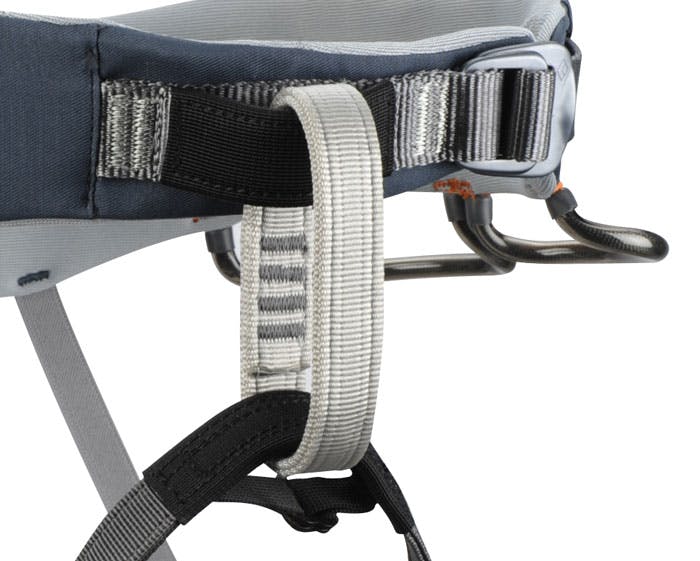
I feel belay-loop strength is still a relevant subject and wanted to bring it back to everyone's attention, especially since I still get emails from people asking me about belay loop strengths and when they should retire a harness. Below I do my best to answer a few of these questions, while most likely actually posing more questions, as well as provide some super-unofficial non-complete experimental data on belay loops that my QC crew and I performed.
CE requirements: The CE required testing is a bit difficult to describe, but basically, the belay loop must withstand 15 kN for a period of 3 minutes.
Actual Black Diamond test data: Though our inline batch test rating is 3372 lbf, we regularly see belay loops test to over 6000 lbf, with a historical average of over 5000 lbf. * Note: I've tested several other manufacturers' belay loops and they all are in the same ballpark for ultimate strength.
How long should a harness last?
Again, from the Black Diamond Harness Instructions:
Care and Maintenance :
Storage and Transport:
Factors that reduce the lifespan:
Inspect your harness for signs of damage and wear before and after each use. It is vitally important that your harness be in good condition. A damaged harness must be retired immediately.
Retire a harness immediately if:
Below are some photos of the different belay loops I tested (before they were pulled to failure) and their tested values.
A Final WordIs this incident going to cause every climber out there to start wanting two belay loops, or tying a backup webbing belay loop in their current harness or throw their harness away altogether and buy a new one immediately? It shouldn't. Reputable manufacturer's make burly harnesses—bottom line—and don't forget that there are some negatives/concerns about using two belay loops at once in some situations (i.e. tri-axial loading carabiners, etc.)—not good.
Harnesses, and belay loops in particular are super strong for sure, but we can't forget that gear does wear out. Every climber is responsible to know the history of his or her gear and act accordingly. When people ask me about worn gear, or gear that's been dropped, or has undergone a strange or peculiar event, I always have to play the conservative card of "when in doubt, retire it"—because the last thing you want to be thinking of in the back of your mind when you're 20 feet above your last piece of sketchy gear is... "geez, I wonder if that's that biner that I dropped that time," or "I sure hope my harness is in good enough shape to withstand this monster whipper I'm about to take." It's not worth having to worry about—I personally have a hard enough time worrying about trying NOT to fall!
Climb safe,
Kolin Powick
~50% cut in belay loop
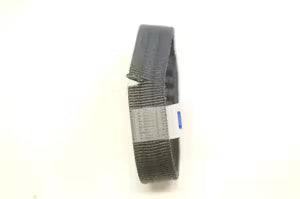
~75% cut through—both sides—2918 lbf:
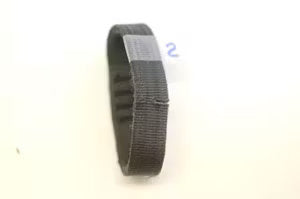
~90% cut through
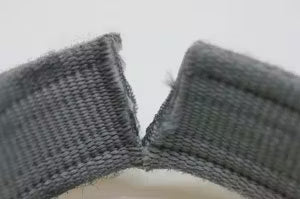
2 of 4 tacks cut—3970 lbf:
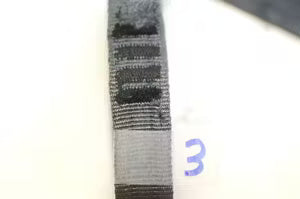
All tacks heavily abraded across file surface—5280 lbf

All tacks heavily abraded across file surface—5338 lbf:

All tacks heavily abraded across file surface—7429 lbf:
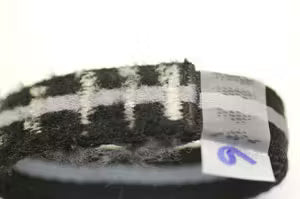



Follow BD Athlete Yannick Glatthard deep into the Swiss Alps as he shares his home...
Follow BD Athlete Yannick Glatthard deep into the Swiss Alps as he shares his home mountains with close friends.

Follow Dorian Densmore and Mya Akins for another winter season of steep Alaskan spines, backyard...
Follow Dorian Densmore and Mya Akins for another winter season of steep Alaskan spines, backyard couloirs, and deep adventures in the mountains.
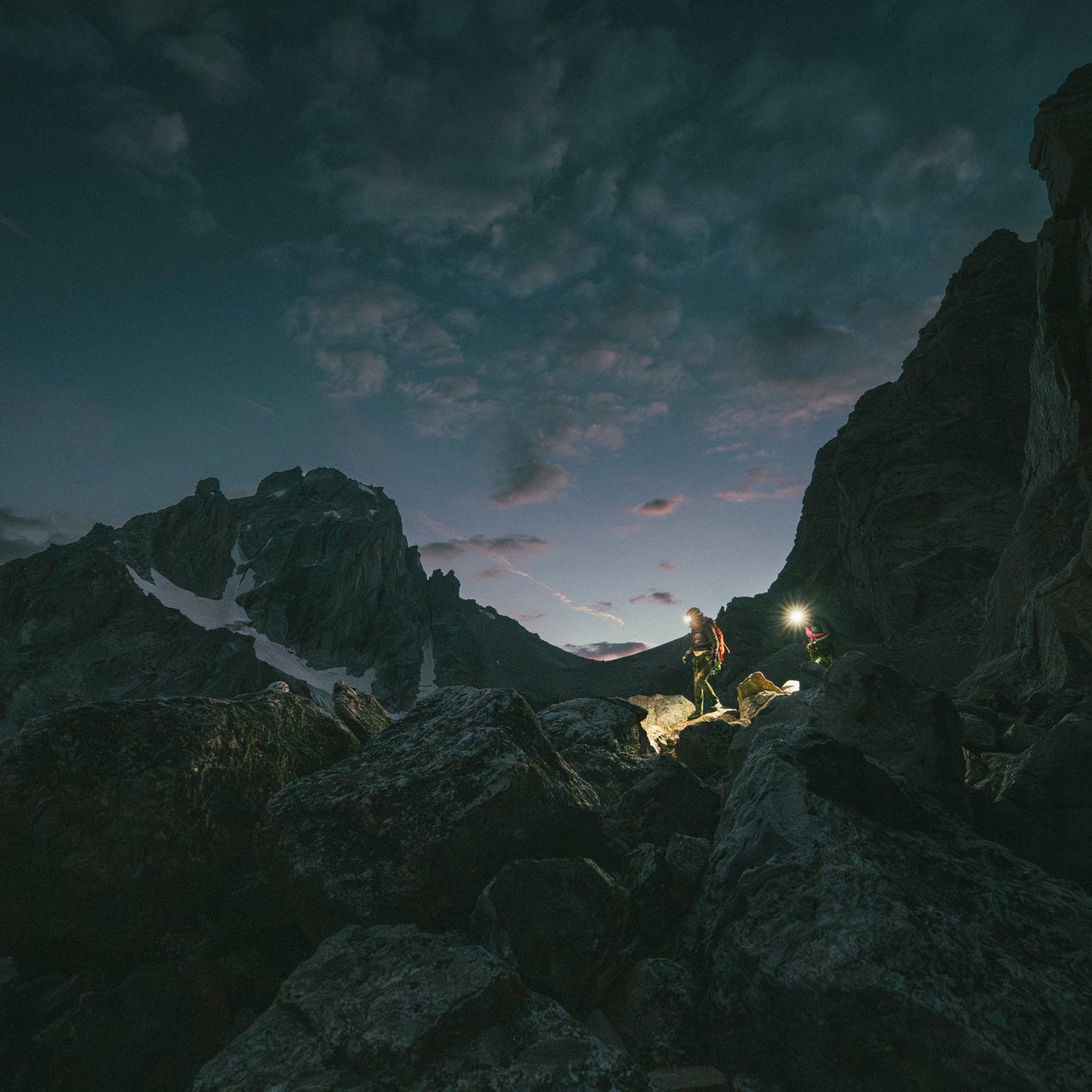
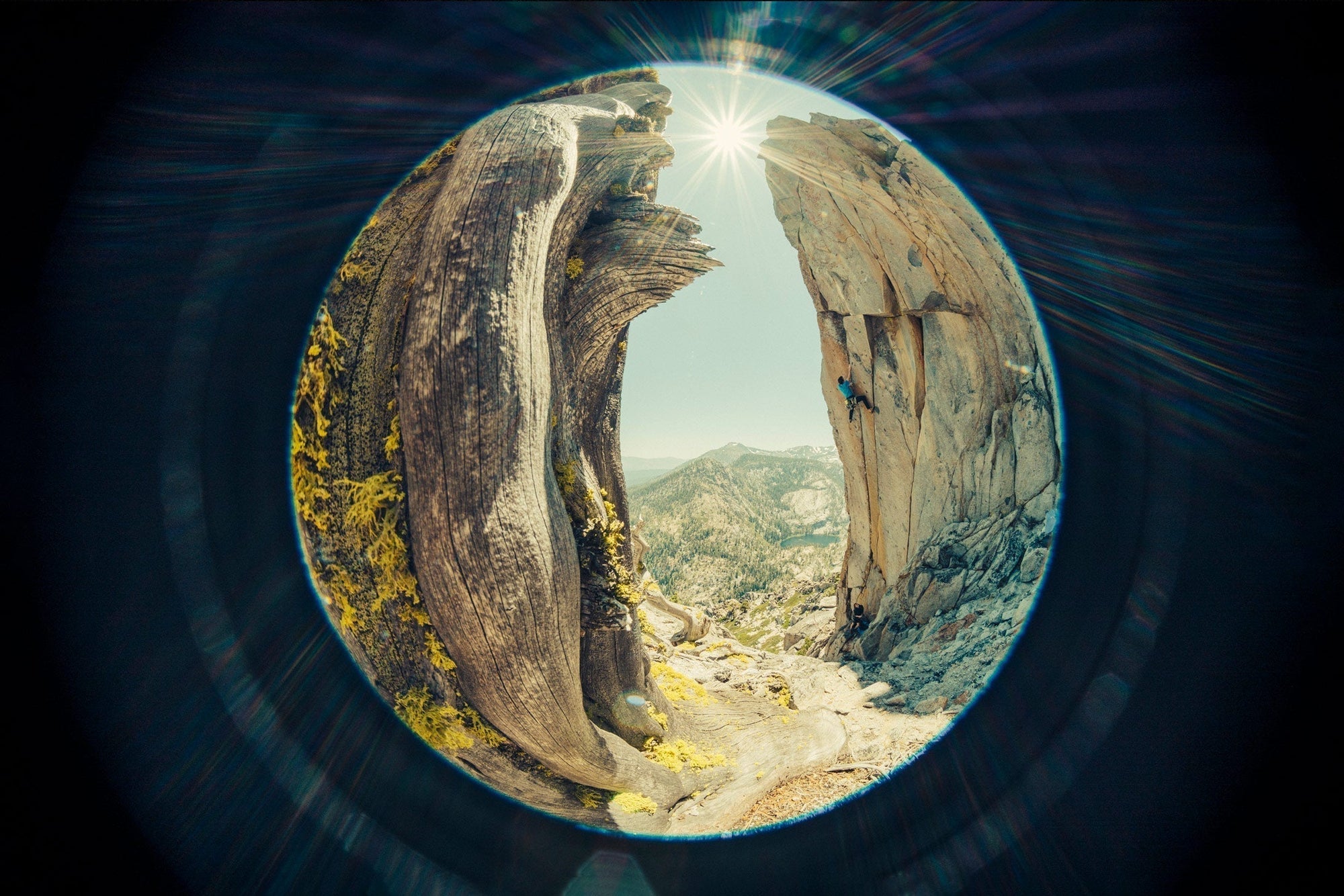
Watch BD Athlete Alex Honnold throw down on some hard trad high above Tahoe.
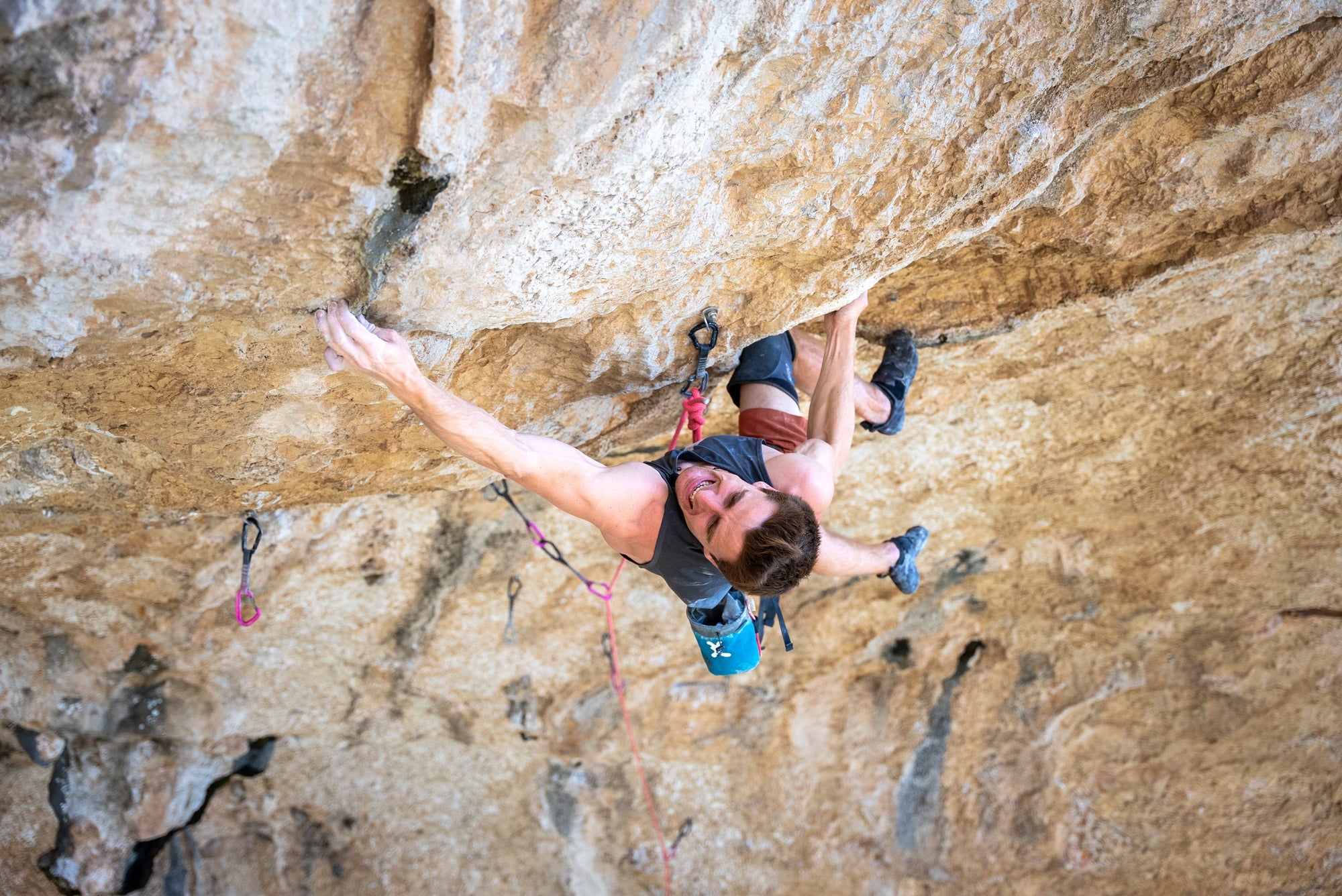
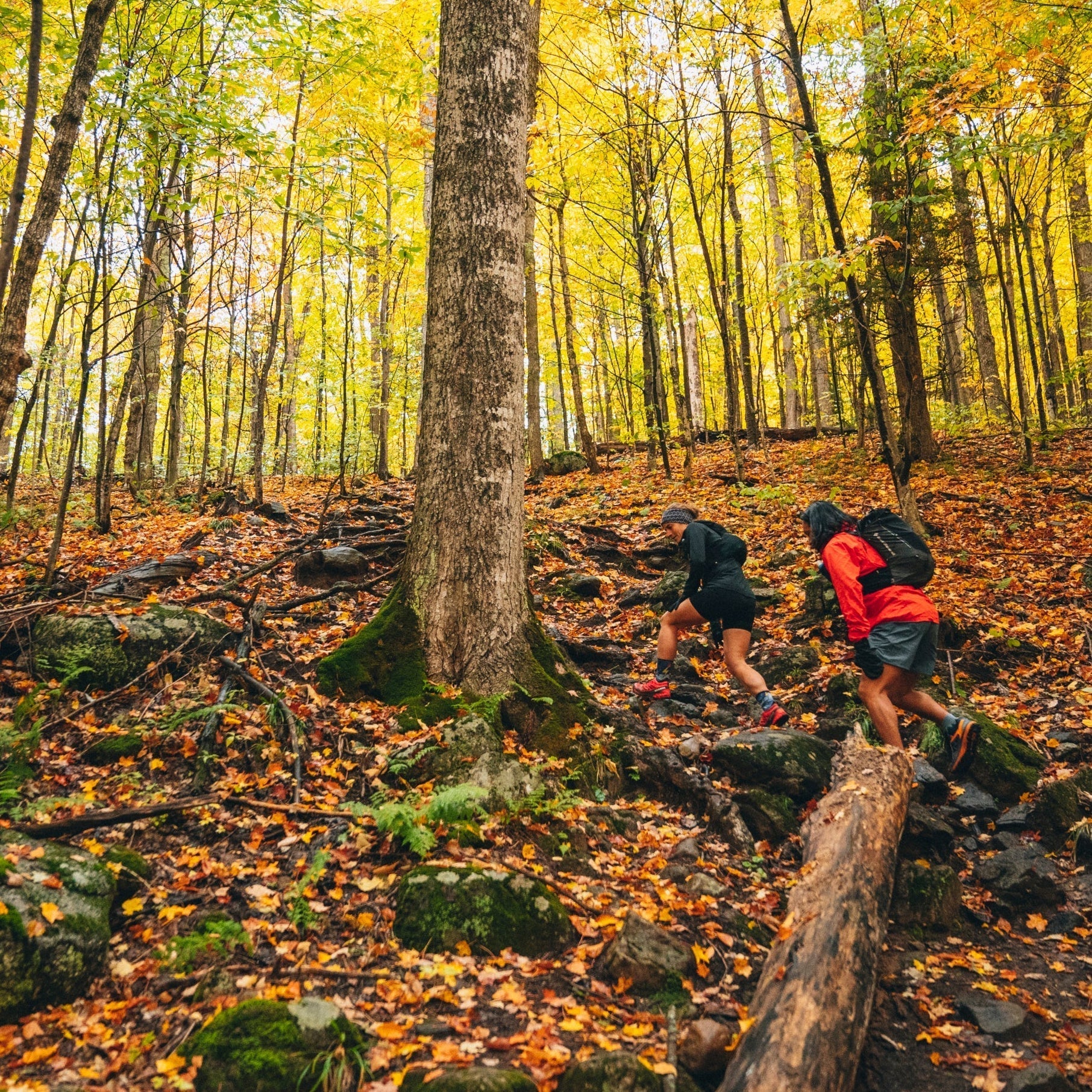
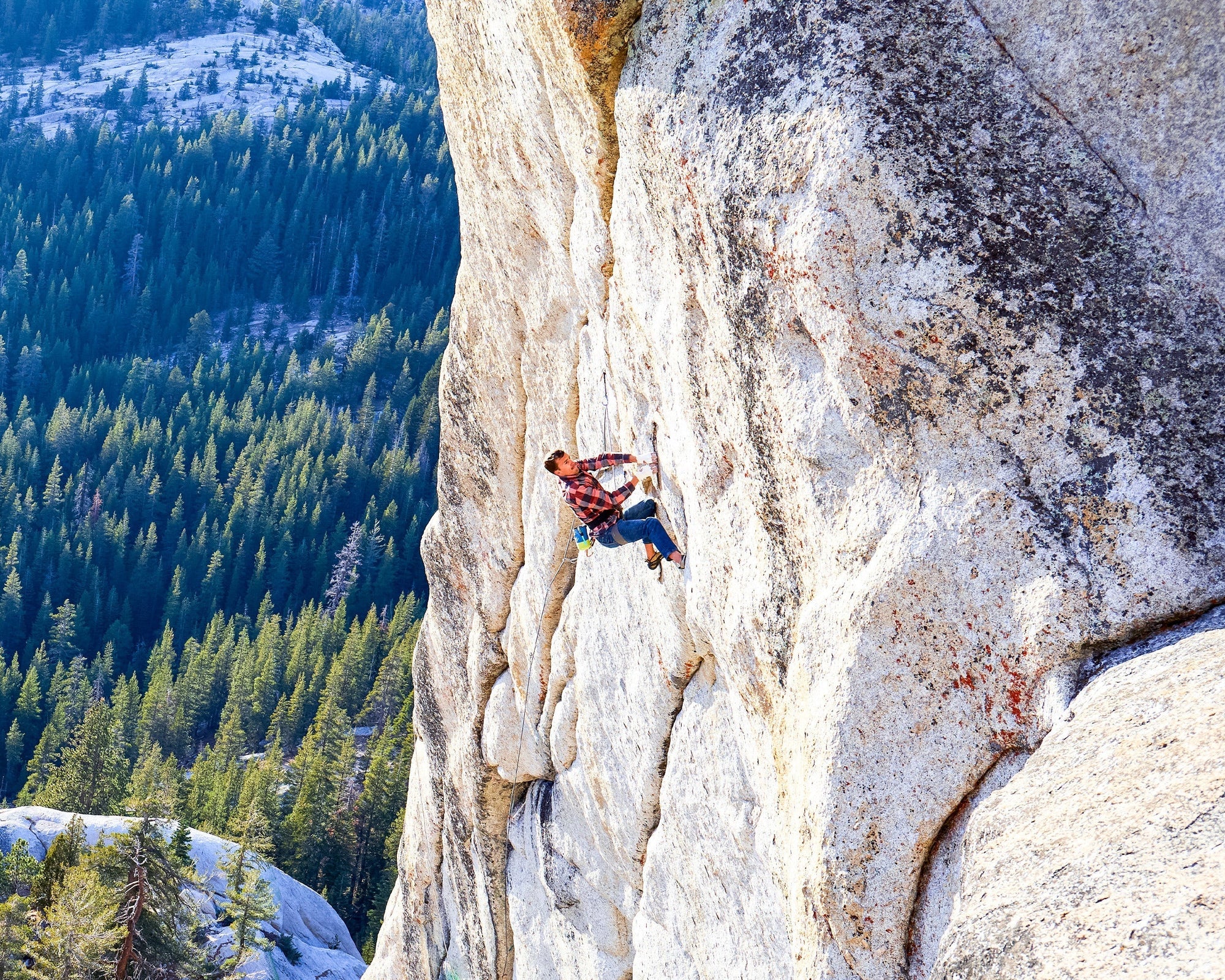
In 2012, filmmaker and photographer Ben Ditto, and professional climber Mason Earle equipped an immaculate...
In 2012, filmmaker and photographer Ben Ditto, and professional climber Mason Earle equipped an immaculate line in Tuolumne’s high country. But their attempts to free the route were thwarted when Mason’s life changed drastically. With the help of Connor Herson, Ditto and Mason found a way to keep the dream alive.
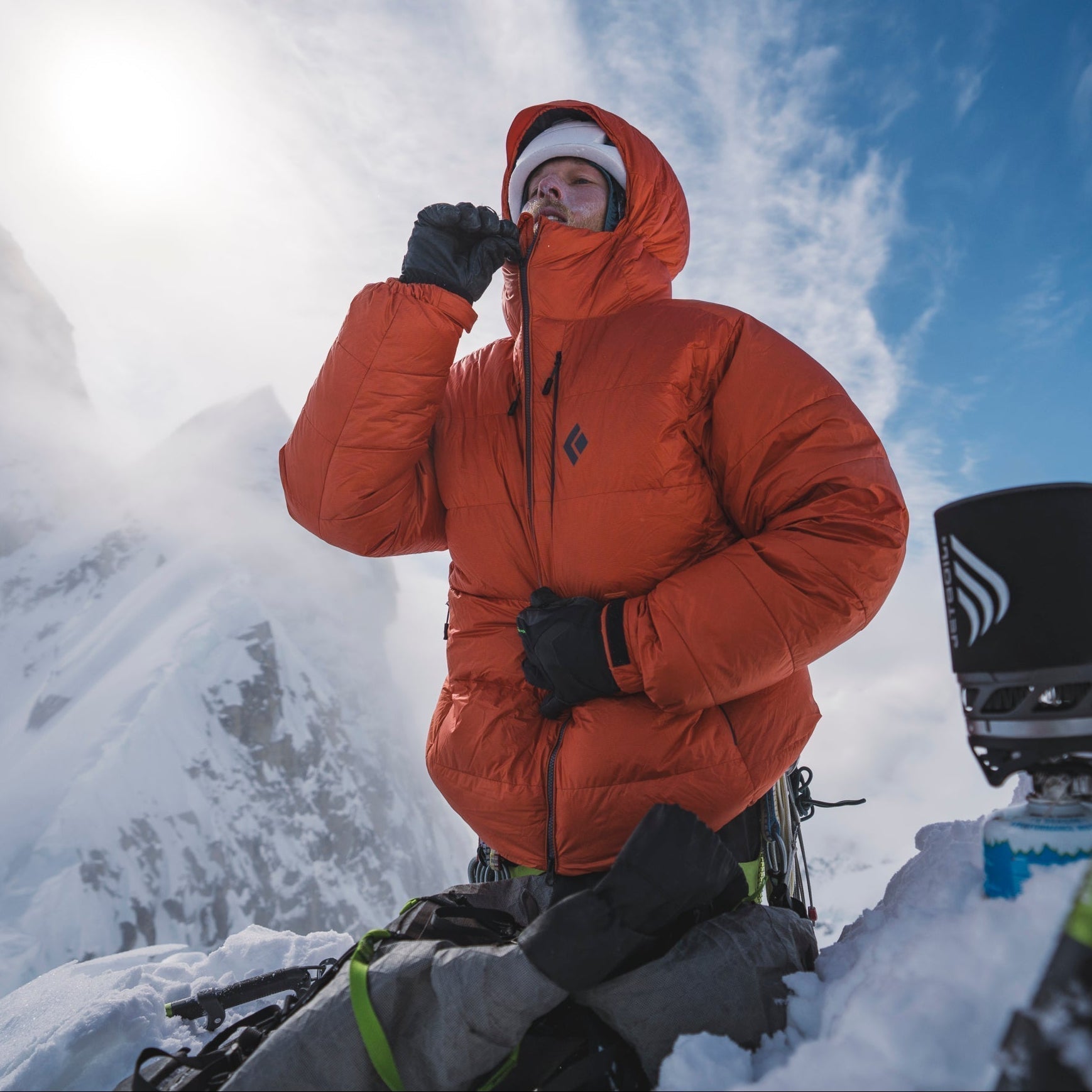

Watch and learn as our Field Test Coordinator runs you through a step by step...
Watch and learn as our Field Test Coordinator runs you through a step by step process of trimming and setting up any STS-style Black Diamond skin.


Every climber has a few lines they dream about. Whether inspired or haunted—or sometimes both—these...
Every climber has a few lines they dream about. Whether inspired or haunted—or sometimes both—these lines can push us beyond what we thought we were capable of, in turn teaching us who we really are. BD Ambassador Ethan Salvo recently restructured his entire life to focus on two climbs that pulled him into the void with only one way out … getting to the top. This is his story of sending Dreamcatcher and becoming the first Canadian to climb V16 in the same week.

BD Athlete Connor Herson spent as many weekends as possible in the Valley this spring...
BD Athlete Connor Herson spent as many weekends as possible in the Valley this spring during a grueling quarter at Stanford. The objective? Ground up, in-a-day ascents.
